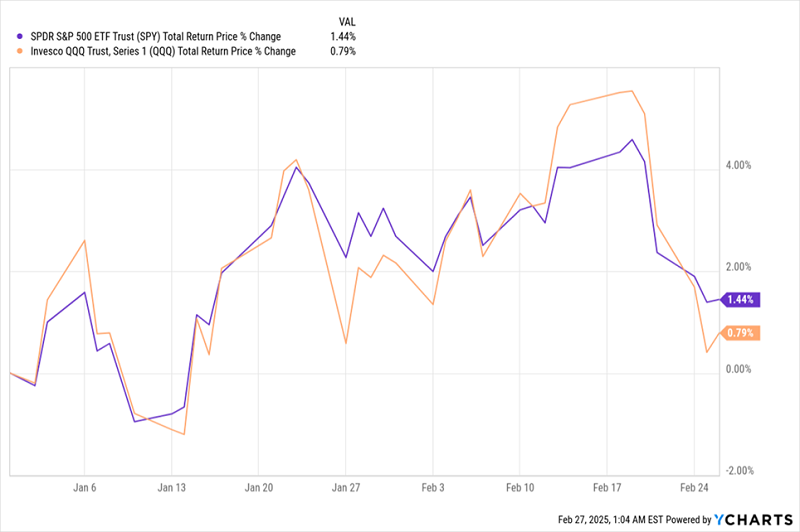Investment Strategist
3 Big Dividends to Buy (Up to 9.4%) as Trump 2.0 Reshapes Markets
Michael Foster, Investment StrategistUpdated: March 31, 2025
In our Thursday article, we talked about a “quiet shift” in the markets, from growth stocks to value—and we named 2 CEFs yielding 9%+ that are primed to profit from it.
Yes, the recent jump in volatility is a big reason for that. So today, we’re going to look at another side of the rotation we’re seeing—a shift from passive investing to active.
Index Funds Are so 2023
As we move further into 2025, it’s getting clearer to me that we’re into a stock-picker’s market. Sitting in an index fund just won’t cut it.
That said, at my CEF Insider service, we’re still bullish on stocks (and stock-focused closed-end funds, many of which hand us 8%+ yields), and we’ll get into two stock-focused funds, along with another that holds preferred stocks—kind of a stock/bond hybrid—below.… Read more

